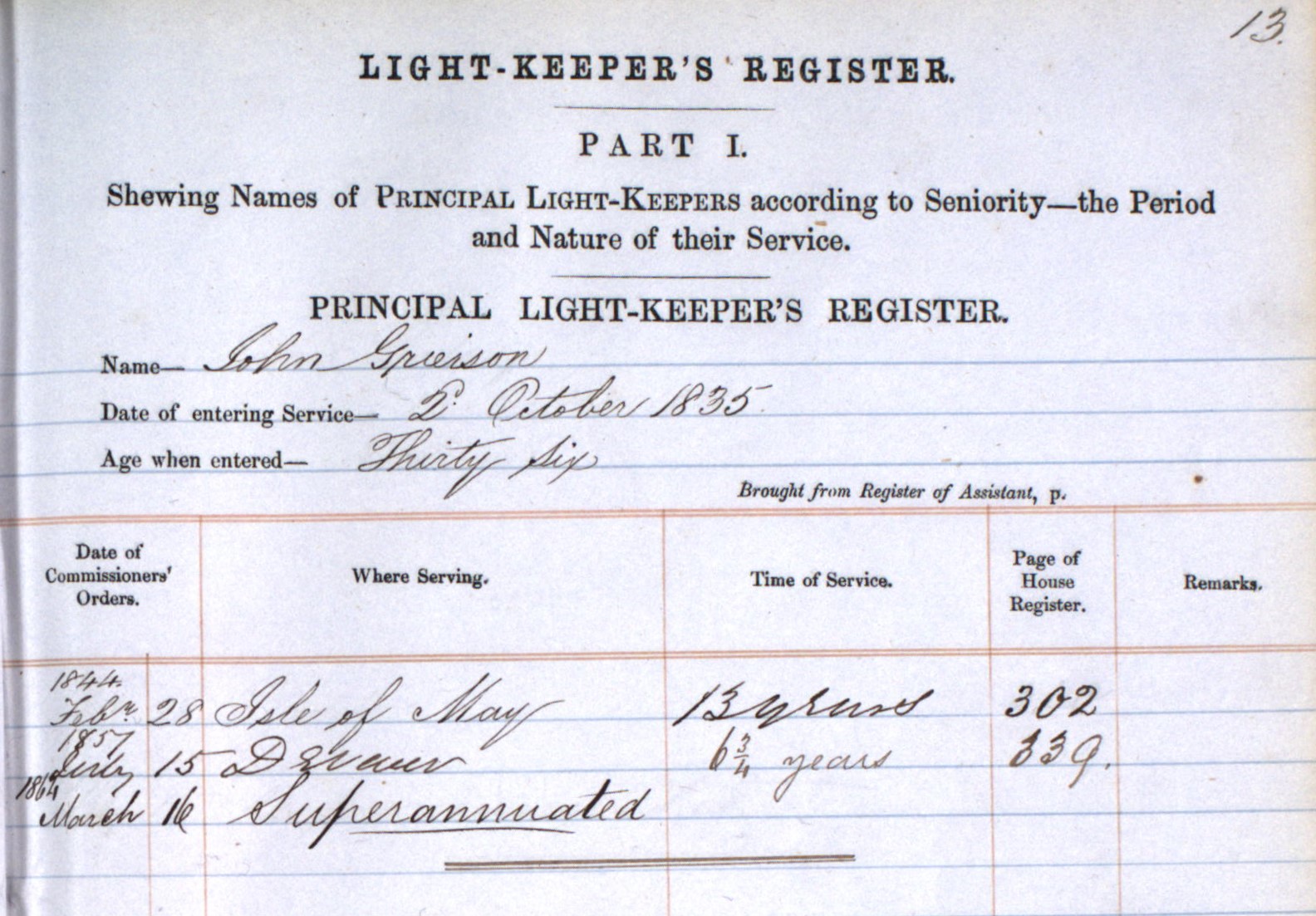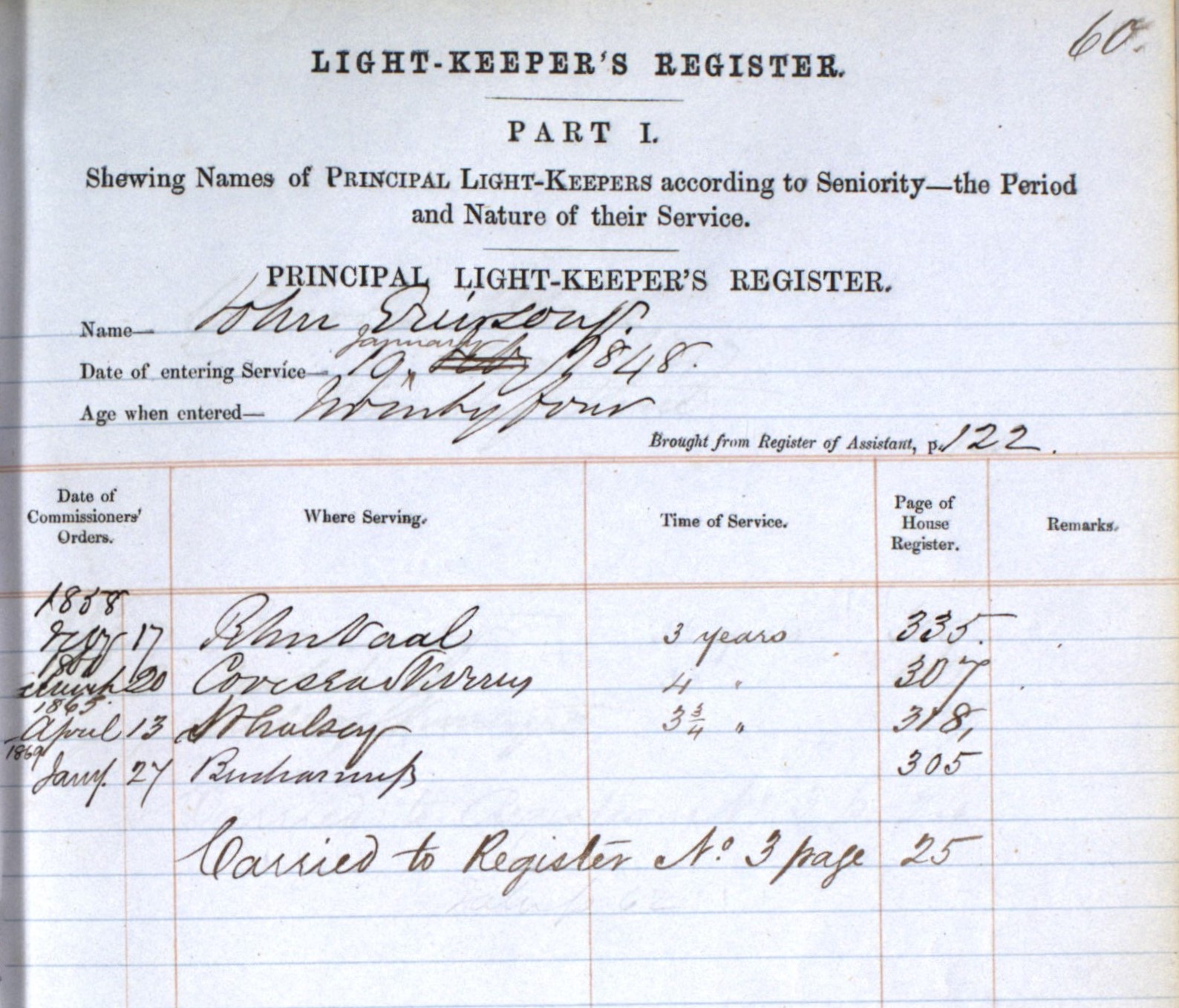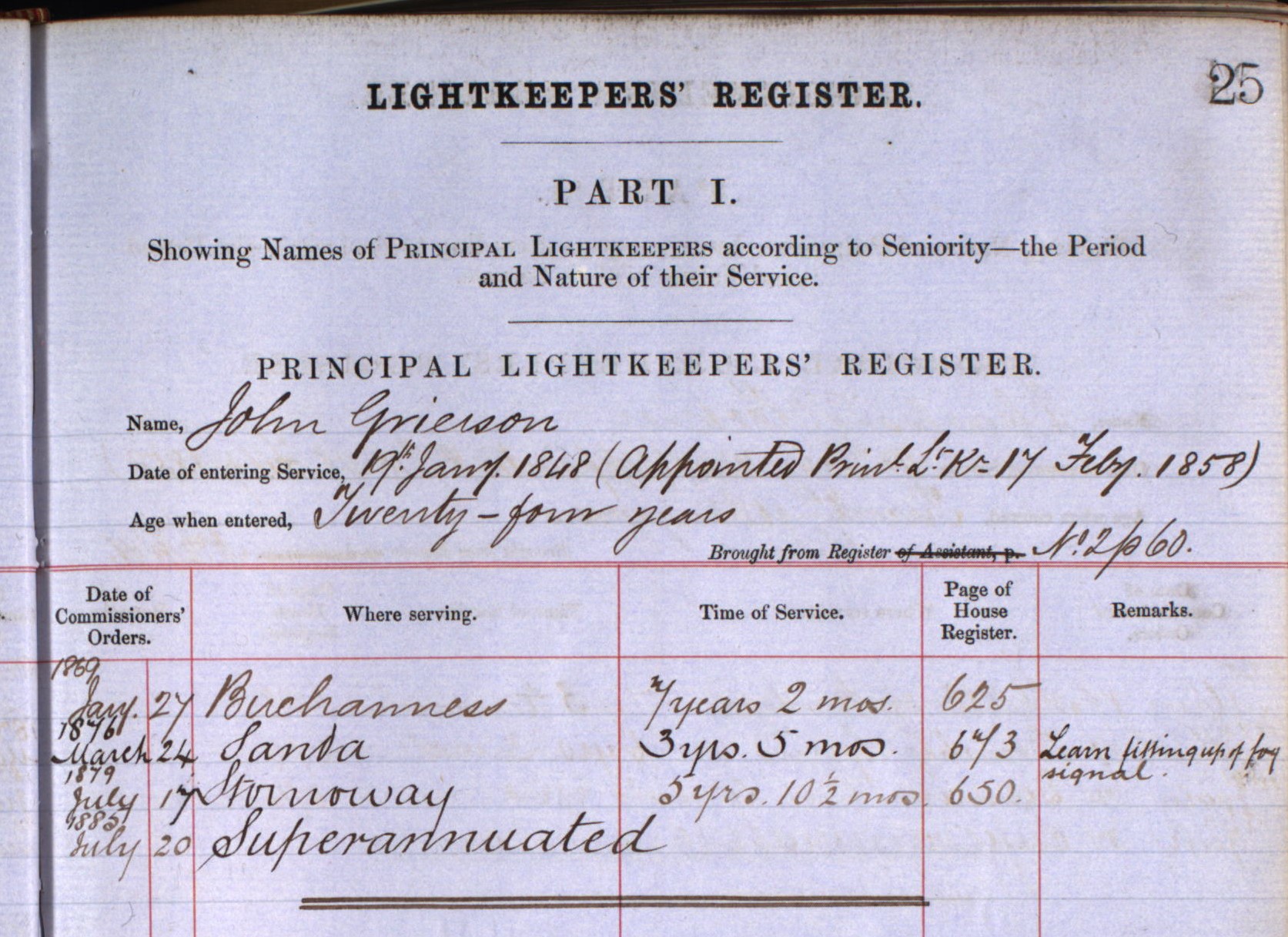John Grierson: Stories of Scotland through the lens
John Grierson: Stories of Scotland through the lens
The stories of Scotland and its people has long been an inspiration to writers and artists. In this article we look at John Grierson (1898–1972) a key figure from the early years of British cinema. Grierson ranks as one of the earliest documentary filmmakers and is still admired to this day for the style and artistry he brought to the medium. In telling Scotland’s story, John Grierson focused on everyday people, often performing demanding or dangerous jobs, and had a lifelong fascination with Scotland’s coastline and its related industries such as shipbuilding and fishing. This passion is possibly best reflected in the two films he directed in the interwar period; Drifters (1929) which focused on the North Sea herring fleet, and Granton Trawler (1934) which followed a single Edinburgh-based trawler on a journey to fishing grounds off Shetland.
Grierson was working at a time when governments and organisations such as the General Post Office were alert to the possibilities that cinema offered as a mass communication tool. Grierson’s depictions of his native land and her coast reached a wide audience as they were often shown ahead of feature films in cinemas across the country. As well as gaining a wide audience, Grierson’s films were critically acclaimed as an example of incorporating elements of modernism and the avant-garde into a factual genre. Indeed, the acclaimed Soviet director, Andrei Tarkovsky considered Granton Trawler to be one of the masterpieces of world cinema.
In exploring the life of one of Scotland’s greatest ever filmmakers, we can find vital clues within the archives of the National Records of Scotland (NRS). We see within his life-story and that of his ancestors, long-held links to Scotland’s coastline and in particular, the Grierson family’s work as Lighthouse Keepers, stretching back to the early part of the nineteenth century.
John Grierson was born in 1898 at the schoolhouse in Deanston, Kilmadock, an area he later affectionately acknowledged as the ‘Heart of Scotland’ in one of his documentary films. This film is available to watch on the National Library of Scotland’s Moving Image Archive online.

John Grierson’s birth was registered at Kilmadock in the county of Perth.
Crown copyright, National Records of Scotland, Statutory Register of Births 1898/362 21 page 7
Grierson’s father, Robert, was the schoolmaster there and his mother, Jane Grierson (née Anthony) was also a teacher and suffragette. In the 1901 census, the Grierson family were living at Cambusbarron schoolhouse. Enumerated are his three elder sisters and younger brother. In later years, Robert and Jane Grierson would have three more daughters. John was not the only filmmaker in the family, his sister Ruby also became involved in documentary filmmaking in the 1930s.

The Grierson family are recorded in the 1901 census at Cambusbarron.
Crown copyright, National Records of Scotland, 1901 census, 488/1 8/1 page 40
Grierson came from a line of Lighthouse Keepers, his father, Robert was born at Rhuvaal lighthouse at the northern tip of Islay in 1860:

Robert Grierson’s birth on 5 November 1860 at Rhuvaal Lighthouse recorded in the Register of Births.
Crown copyright, National Register of Scotland, Statutory Register of Births, 1860, 543/36 page 12
John Grierson’s grandfather and great-grandfather, also called John Grierson, were Principal Lighthouse Keepers at several locations around Scotland. Their careers can be followed in the records of the Commissioners of Northern Lighthouses (NLC) which are held at the NRS. A guide to these records can be found on the NRS website. can be found on the NRS website.
John Grierson (senior) (b. 1799 – d. 24 August 1878) entered into Lighthouse Keeping duties in 1835, aged 36, and retired in 1864.

Record of work for John Grierson (senior) as Principal Light-Keeper, a career spanning 29 years.
National Records of Scotland, Commissioners of Northern Lighthouses, NLC4/1/2 page 13
His son, John Grierson (b.1824 – d.10 April 1904) was also promoted from Assistant Lighthouse Keeper to Principal Keeper during his employment with the Northern Lighthouse Board and was stationed at several lighthouses around the coast of Scotland.

John Grierson’s record of work in the Principal Light-Keeper Register including the time spent at Rhuvaal Lighthouse, where Robert Grierson was born in 1860.
National Records of Scotland, Commissioners of Northern Lighthouses, NLC4/1/2 page 60

John Grierson (junior) last entry in the Principal Light-Keeper’s Register detailing his retirement in 1882.
National Records of Scotland, Commissioners of Northern Lighthouses, NLC4/1/3 page 25
The story of life at sea or on the sea was to inspire many of John Grierson’s films. It was his knowledge of the Western Seaboard and his connections with the northern lights that aided his work serving as a telegraphist after volunteering for the Royal Naval Voluntary Reserves (RNVR) during the First World War. Grierson had been a successful scholar and secured a bursary to attend the University of Glasgow, however he decided to do his bit for the war effort. He signed up to work at a munitions factory in Alexandria, West Dunbartonshire, before joining the RNVR in 1916, adding a year to his age to ensure he was accepted.
Grierson returned to his studies at Glasgow and was awarded a Master of Arts in English and Moral Philosophy in 1923. He then accepted a research fellowship to study at the University of Chicago, where he examined the impact of propaganda on society through film and mass media. It was during this period that Grierson became a journalist and film critic. Grierson became aware of the film maker, Robert Flaherty, who was to influence his own film making in subject matter and documentary style. Flaherty’s observations of daily Samoan life in his film Moana (1926) in a narrative documentary film style captivated Grierson, who called the film as ‘beautiful as nature is beautiful’ in a review for the New York Sun on 8 February 1926. It also prompted him to write: ‘…Moana, being a visual account of events in the daily life of a Polynesian youth, has documentary value.’
Flaherty is widely credited as the father of the documentary film genre and Grierson was quick to join him in this pioneering endeavour. However, Grierson tackled topics closer to home in his influential silent documentary film Drifters (1929) which told the story of North Sea herring fishermen. Grierson wrote, filmed, directed and produced the film for the Empire Marketing Board (EMB) and received critical acclaim. These short documentary films enabled the EMB to show British industry and workmanship to large numbers of cinema goers who identified with the film’s working-class protagonists. The Cinematograph Films Act 1927 stipulated that a certain quota of films shown in British cinemas should be British made, an attempt to invigorate the flagging British film industry. At The Drifters’ premiere at the London Film Society, it overshadowed Eisenstein’s Battleship Potemkin, now considered one of the greatest films of all time. The Drifters initiated the documentary film movement in Britain, using montages and rhythmic editing to add drama and urgency to the overall visual experience.
Grierson filmed and directed Granton Trawler (1934) for the EMB and General Postal Office (GPO) Film Unit which saw Grierson board the Isabella Grieg at Granton Harbour, north of Edinburgh, sailing on rough seas out towards Shetland and Scandinavia. Grierson conducted some of the camera work himself, highlighting the perilous life of the fishermen earning their catch in high seas. This was one of Grierson’s favourite films with a real documentary purpose, as the trawler was sunk in December 1939 by German bombers. Another film made the same year, The Private Life of Gannets (1934), now considered an important early wildlife documentary, was also filmed on board the Isabella Grieg. It was the first natural history documentary to win an Academy Award and Grierson was credited as providing the cinematography for the film, which was directed by Alexander Korda.
After Granton Trawler, Grierson stepped away from directing, but was involved in writing and conceptualising British educational films as a means to tackle social issues such as housing, child poverty and public health. For the GPO Film Unit, Grierson made one of his most celebrated films, The Night Mail (1936),concentrating on the excitement of the train crossing the English/Scottish border; carrying and sorting post during its overnight journey between London Euston and Glasgow. The rapid rhythm of the poem (written by W.H. Auden) narrating the film reflects the speed and rhythm of the train as the workers sort the post while the rest of the country sleeps. Grierson instructed a 22 year-old Benjamin Britten to compose the film score, which adds to its sense of drama.
Grierson went on to become Commissioner of the National Film Board of Canada, producing films depicting the lives of Canadians during wartime. Grierson also joined the Films of Scotland Committee in 1955 and wrote the script for ‘Seawards the Great Ships’ about shipbuilding on the Clyde, which was the first Scottish film to win an Academy Award for Best Live Action Short Film in 1961. The Grierson Awards, also known as the British Documentary Awards, were established in 1972 to celebrate British documentary making and to commemorate the pioneering Scottish filmmaker.
Grierson’s passion for Scotland told through his films, for its people, industry and wildlife, are an important social documentary of the twentieth century and can still be enjoyed today by viewing his films on the British Film Industry website and via the National Library of Scotland’s Moving Image Archive. The seafaring films he produced of Scotland’s coast helped shaped the medium of documentary filmmaking by making the everyday exciting and vital to cinema goers of the early twentieth century. Scotland’s stories have scarcely been more stylishly and compellingly told than through John Grierson’s camera lens.
An edited version of this article was published in the November 2023 issue of History Scotland magazine.